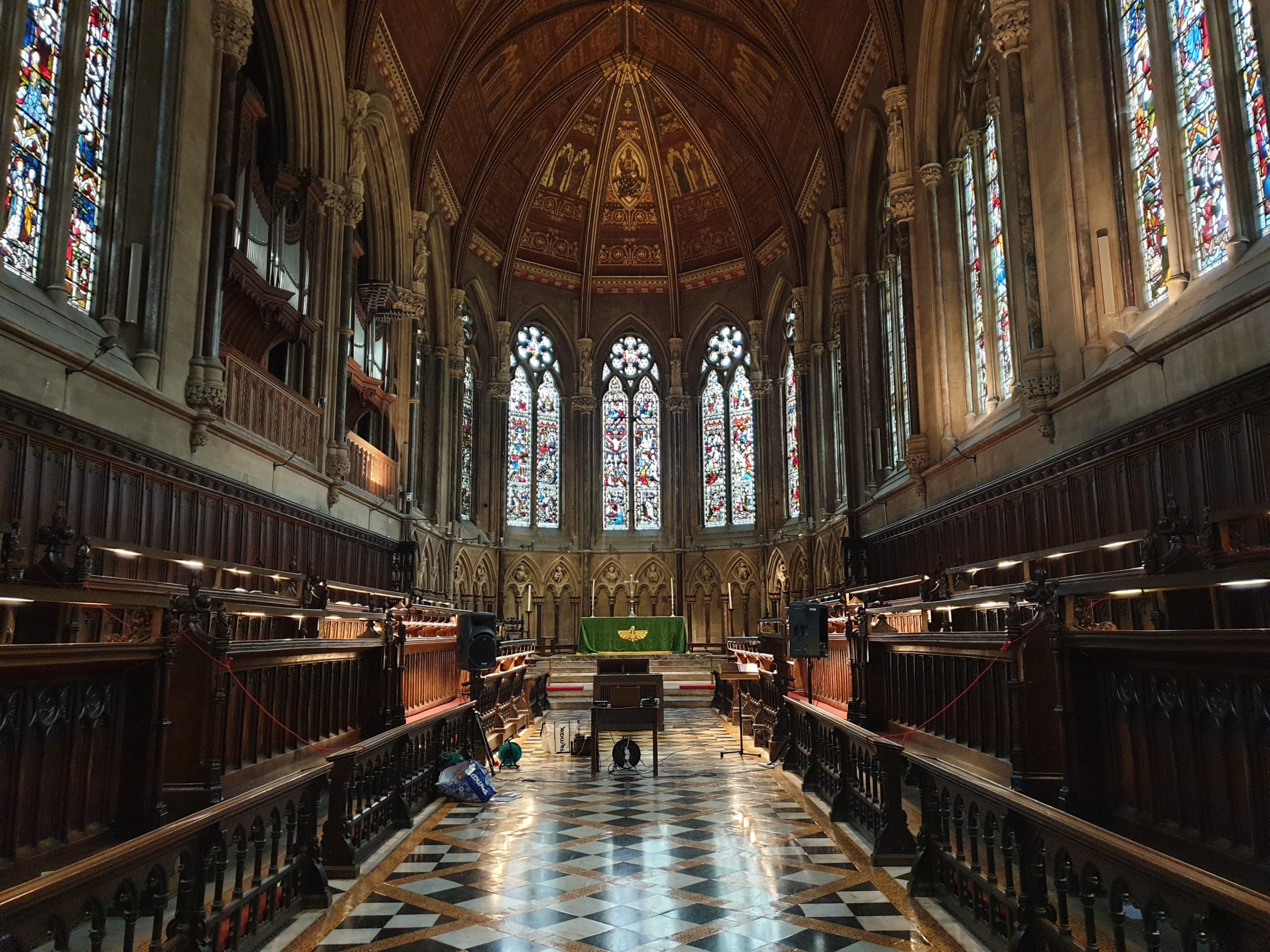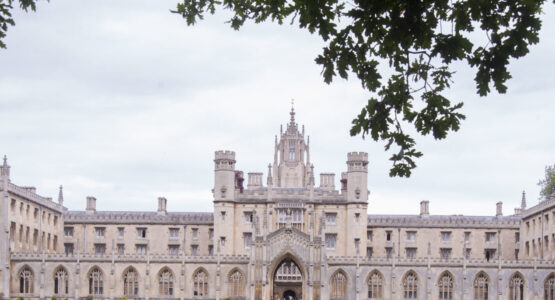This Place: Lara Weaver on composing a site-specific work for the College Chapel
Lara Weaver (2016) graduated with a First from St John’s with a BA (Hons) in Music, after which she continued to an MPhil in Musicology and Composition, which was awarded with Distinction. She is currently undertaking a PhD in Musicology and Sonic Arts at Queen’s University Belfast, where she studies with Professor Pedro Rebelo.
I have just finished an MPhil in Musicology and Composition at St John’s, where my thesis focussed on the relationship between sound and the space it exists within.
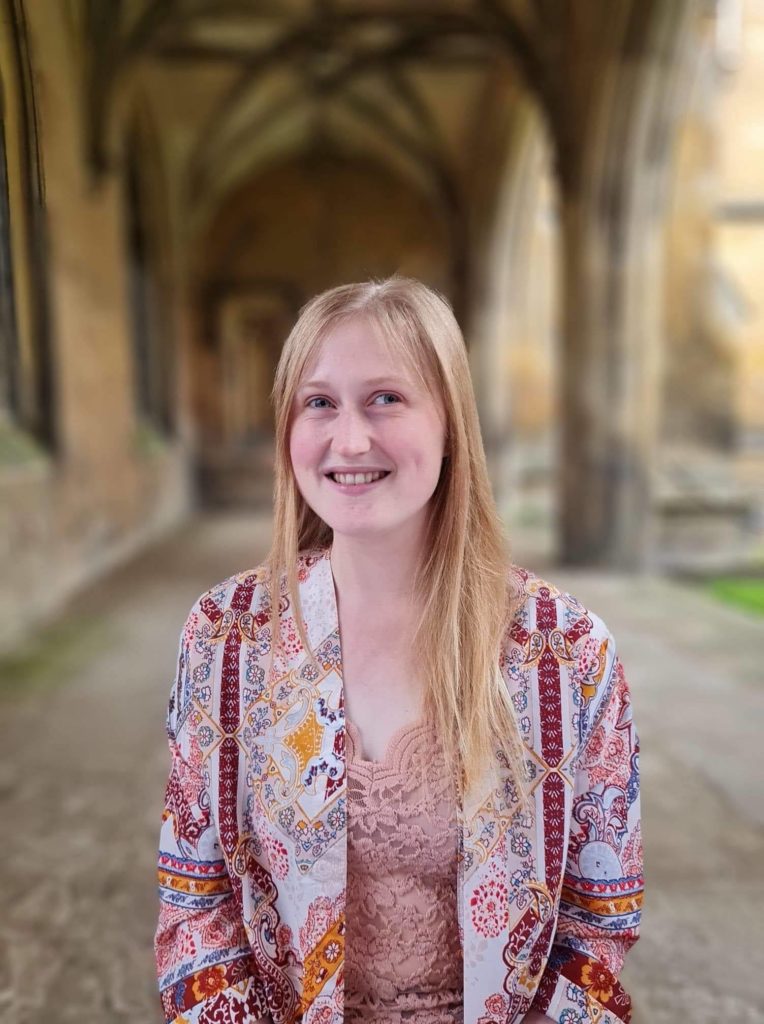
Taking an interdisciplinary approach, my research formed an investigation of sonic spatiality: from geopolitics (considering sound as territory, an indicator of presence, an occupier of airborne space, and a vehicle of social constructions of power and agency), to environmental sciences (composing using infrasonic vibrations), echolocation principles (a piano trio inspired by the performative nature of orientation through sound), and the use of space as an instrument in itself. My final dissertation was an exploration of architecture and acoustics through spatial composition.
When you hear sound in the Chapel, it is sound that has interacted with the architecture significantly before it reaches you.
This Place is a site-specific work for St John’s College Chapel, eight solo voices, and electronics. The ensemble consists of three quartets: two with live singers, and one of pre-recorded voices. My aims and processes for this piece may be surmised as ‘activating the space’: making the Chapel (re)sound, sonically animating it, and making it resonate (in multiple senses of the word). The piece is entirely derived from the Chapel. I explore what types of sound excite this space, what function sound performs in this space, and how I interact with the power relations bound up with the building. Finally, rather than thinking of the electronic recordings as verifiable acts of reproduction, I explore how, through varying degrees of temporal and spatial disjuncture, other possible spaces were exposed.
When you hear sound in the Chapel, it is sound that has interacted with the architecture significantly before it reaches you. My work was not solely performed in the Chapel, but performed by the Chapel. I considered musical processes that would illuminate certain architectural features — the dome, the acoustic shadows created by the columns, the lateral reflections in the pews and the late reflections singing up into the tower.
I strove to compose within the space as much as possible. Sometimes, this involved taking acoustic measurements such as impulse responses and reverberation times. Predominantly, this took the form of an intuitive, embodied approach, and my own investigative practice as a performer: improvising vocally and relying on in situ listening. There was an acute sense of call and response between me and the building; I treated the space like an instrument, an extension of my voice.
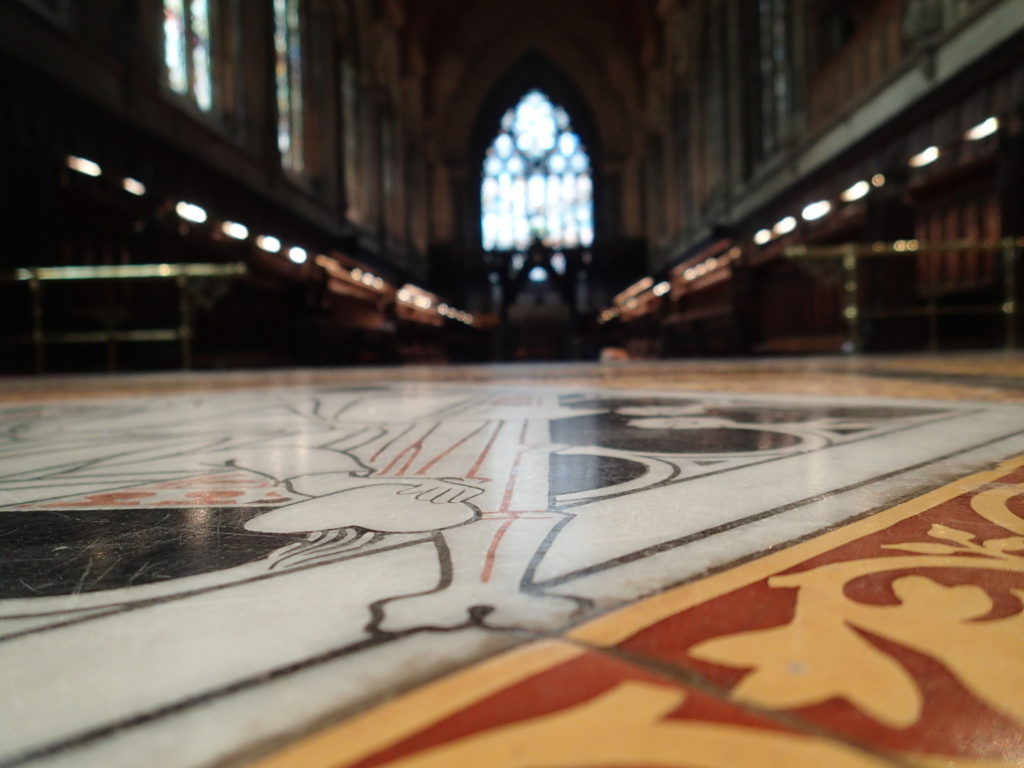
The process of composition also involved thinking about a different kind of echo: those through time as well as space, the sonic associations and cultural revenants present in the architecture.
I engaged with these resonances through the poetic content of the work. I wrote my own poetry inspired by my experience within the Chapel and combined these with texts drawn from the Chapel: some regarding the Chapel’s construction and history, others from liturgical and educational services, sounds of ceremony, ritual, prayers and readings.
Taking further the idea of repopulating the site with voices over time, I used archive recordings of past services to create vocal montages. The piece begins with a polyphonic counterpoint of voices broadcast from the loudspeakers, mixing radio broadcasts with spoken prayers, sung responses and snippets of interviews with chaplains and directors of music. The realisation of this (re-)evocation in the Chapel held a strong affective potential.
Where the piece began with the latin text engraved upon the foundation stone of the College, the piece comes to an end with the latin text as spoken by the Master to formally induct students into the foundation of the College. The scholar’s oath was read out by dozens of my friends. The recordings were played back into the Chapel as though these sounds have now been imbued into the walls and are part of the architecture.
I didn’t foresee the project holding such relevance with the topics now habitual on our news-screens
The challenges and restrictions enacted as a result of the pandemic have meant that this project came very close to never happening at all. I was fortunate to have been allowed to intermit my studies when the first national lockdown was initiated, in the hope of returning when the project could be fulfilled in full capacity.
When I resumed in April 2021, it was to the daunting world of risk assessments, committee approvals, and ever-shifting regulations. To my great relief and joy, after a long term of workshopping, trial and error, contact-tracing scares and continually-delayed recording dates, the piece was performed and recorded by myself and 8 singers taken from the St John’s Choir and St John’s Voices Choir.
Looking back, I am struck by how the nature in which it has occurred is so resonant with the very circumstances that delayed it. Spatial separation of performers, choreographed to achieve specific effects in the Chapel, is now considered necessary social distancing. Pre-recorded voices broadcast into the space, and the latency of this technology interacting with the live reverberation of the space, reflects our experience of performing over streaming technology. The electronic amplification or eradication of breath holds greater significance in our current state of wearing masks to prevent transmission. The superimposition of spaces through multiple recordings in different spaces and times imitates our experience of multitrack recordings, socially distanced singing and listening — particularly pertinent given that, due to the COVID-19 restrictions at the time of performance, a live audience was impossible to facilitate.
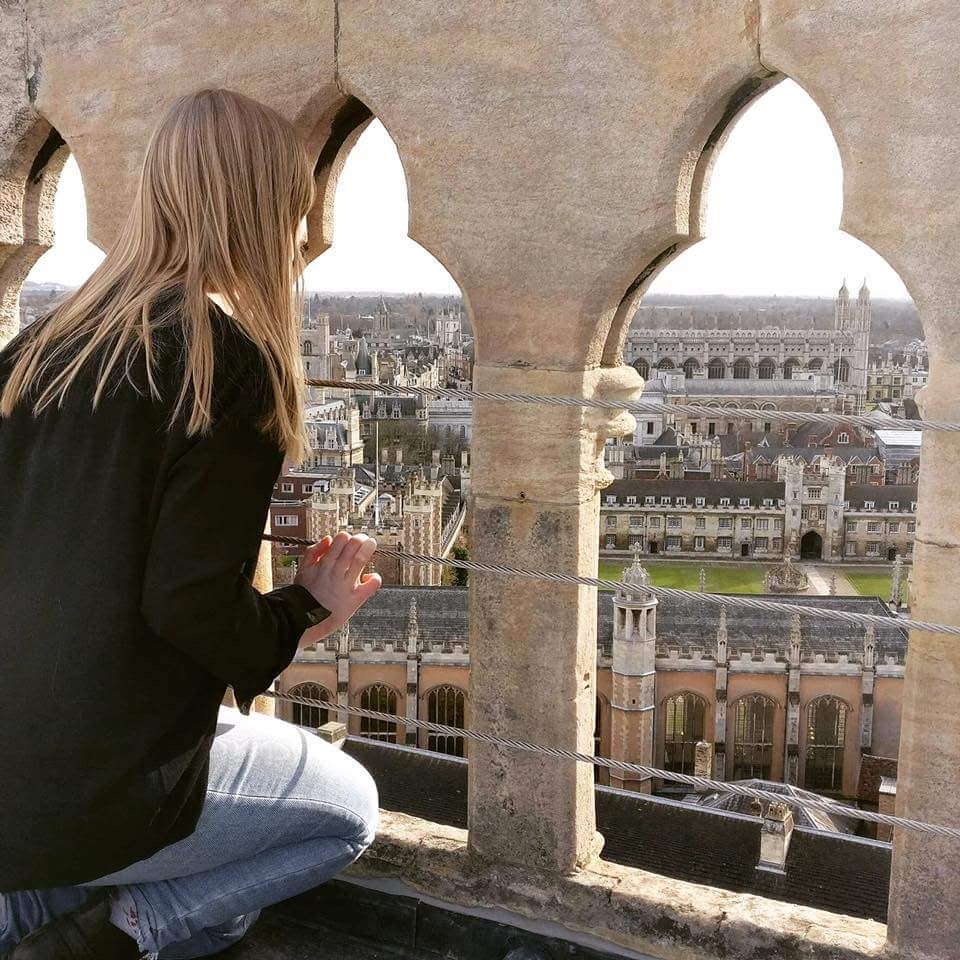
Whilst I didn’t foresee the project holding such relevance with the topics now habitual on our news-screens, the path I ended up on led to a project I could not have conceived of a year ago, and for that I am very proud of the final result.
I have now taken up a PhD to continue my work at the Sonic Arts Research Centre (SARC) at Queen’s University Belfast. My current research focusses on acoustic ecology and spatial auditory practices, and I am very excited to see what the next few years will bring.
Read more about Lara’s work and listen to her compositions on her website and her Soundcloud account.

